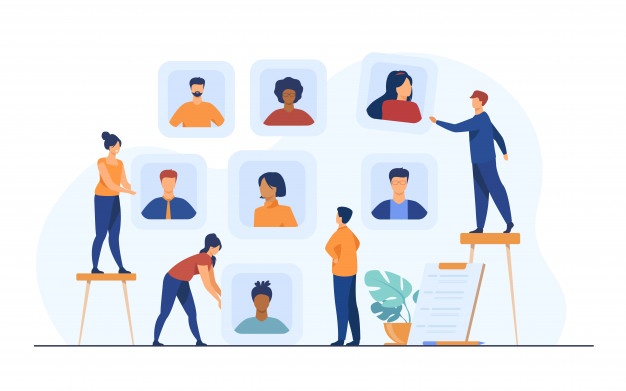Ensuring customer satisfaction is high is one of the most important parts of the business.
Without customers being content, there will be little customer retention, and this can impact customer acquisition.
Here are a few tips for ensuring that your company’s customers are content with your content.
1. It Starts Before the Sale
To ensure customer satisfaction with your products, start before the sale.
When you list your products online, make sure you list everything properly, and all the information is up to date and accurate.
This can go a long way to ensuring your customers choose the right product for their needs
2. Invest Some Time in your Customer Service Team
Similarly, the quality of your customer service can help a lot too. When a customer service team has proper staff with high quality training, this will increase customer confidence in the company.
It will also increase customer satisfaction and allow them to make a more informed decision before they even purchase anything.
It also allows you to deliver a more personalized and bespoke service. Without your customers, you wouldn’t have a business, so make sure to make them feel special for supporting you.
Be available to answer questions and acknowledge their needs, personalizing the service you can give them.
3. Quality Control
When it comes to the actual products, they regularly undergo quality control assessments.
This will ensure that if there ever is a problem it will be picked up and rectified as soon as possible. By doing so, there will be less of a negative impact on customer contentment.
4. Use Quality Packaging
It can be easy to overlook your product’s packaging in favor of what’s inside. However, the packaging is more important than you might think. In fact, global packaging demand has risen over the past few years.
The packaging is the first thing that your customers will see, and it is what they might make their first impressions of.
This is why it is important to choose a quality packaging solution like those from Duplo International.
If your packaging is eye-catching, has a nice feel to it, and is clearly of high quality, customers are more likely to choose your product and be satisfied by its contents.
5. What Does the Customer Want?
To make sure that your customers continue to be content with your product or service, regularly compare what you are producing against market research of what your customer base wants.
This will make sure that you identify any weaknesses or areas of potential development.
6. Ask for Feedback and Implement it
Arguably, the most important tip for ensuring your customers is content with your content is to ask them their opinions!
Whether you ask them to fill in a quick survey or put out a call for product development feedback, embrace your customer’s feedback and implement your findings.
If you follow these ideas, your customers will stay content with your company’s products and services.
7. Stay Consistent Across Channels
Consistency is key to maintaining customer satisfaction. If your company operates across multiple channels, be it online, in-store, or through social media, ensure that the customer experience is seamless everywhere.
Customers should feel like they are dealing with the same brand, regardless of where they engage. Consistency builds trust and gives them the reliability of your products or services.
This also talks about your brand’s voice, visual identity, and even the way you handle your customers.
Consistent messaging and service make your customers feel secure in their choices, leading to much higher satisfaction.
8. Keep Your Promises
Nothing frustrates customers more than unfulfilled promises. If you promise fast delivery, deliver fast.
If you guarantee quality, ensure your product lives up to that standard. Customers remember when a company over-promises and under-delivers, and it can harm your brand’s reputation.
On the flip side, when you meet or even exceed expectations, customers are more likely to stick around and recommend your brand.
In the long run, keeping your promises fosters loyalty and makes customers feel valued.
9. Build a Strong After-Sales Support System
Your job doesn’t end when the product is sold. In fact, customer satisfaction often depends heavily on what happens after the purchase!
A strong after-sales support system ensures that customers can easily reach you if they face any issues or have questions about the product.
Whether it’s a clear return policy, accessible customer service channels, or a helpful FAQ section, providing solid support shows that you care about the customer’s experience even after the sale.
Offering warranties or guarantees can also be a reassuring factor that keeps customers satisfied.
10. Reward Loyal Customers
Another way to maintain customer satisfaction is by recognizing and rewarding loyalty. Offering loyalty programs, discounts, or special offers to repeat customers can keep them engaged with your brand.
It’s a way of saying “thank you” for their support. Even small gestures, like sending a personalized thank-you note or offering early access to new products, can leave a lasting impression.
By making customers feel appreciated, you increase the chances of them sticking with your brand for the long term.
Final Thoughts
Customer satisfaction isn’t just about meeting expectations—it’s about exceeding them whenever possible.
It’s an ongoing process that requires continuous attention and adaptation. From quality control and packaging to feedback and after-sales support, each touchpoint in the customer journey matters.
By focusing on these areas, you can create a positive experience that keeps customers coming back.
Read Also:






















